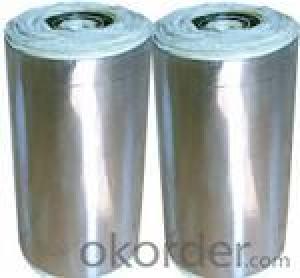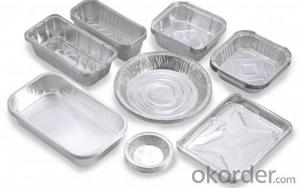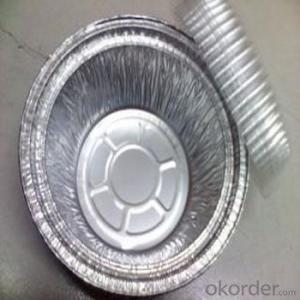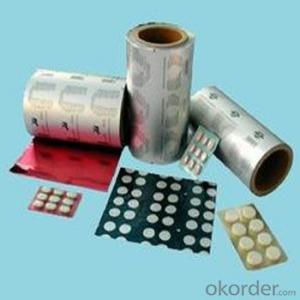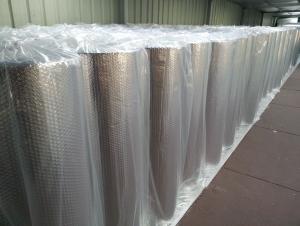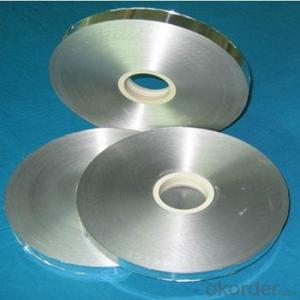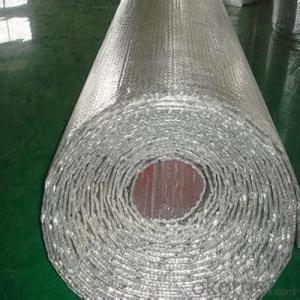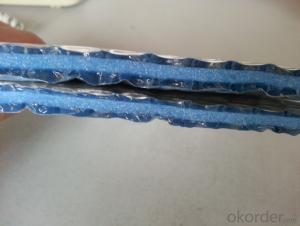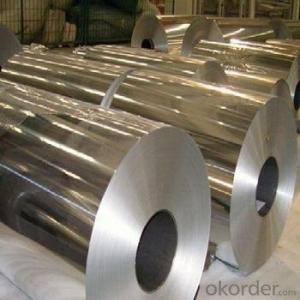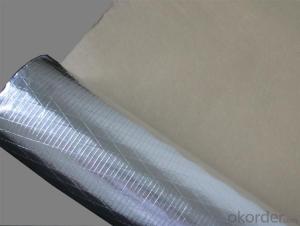Aluminum Foil 18 Inch
Aluminum Foil 18 Inch Related Searches
Led Light Bulbs For Ceiling Fixtures Led Lamps For Ceiling 42 In Ceiling Fan With Light Aluminum Coil Stock For Gutters Aluminum Foil For The Grill Hole Saw For Aluminum Plate Aluminum Tread Plate For Trailer Bow Plate For Aluminum Boat Aluminum Foil For Grow Room Aluminum Foil For Joint PainHot Searches
Stock Price For Aluminum Aluminum Coil Stock For Sale Aluminum Gutter Coil For Sale Used Aluminum Scaffolding For Sale 1/4 Aluminum Plate For Sale Aluminum Bar Stock For Sale Aluminum Round Stock For Sale Aluminum Diamond Plate For Sale Aluminum Scaffolding For Sale Craigslist 6061 Aluminum Plate For Sale Aluminum Dock Plate For Sale 7075 Aluminum Plate For Sale Aluminum Tread Plate For Sale Aluminum Checker Plate For Sale Aluminum Plate For Sale Near Me Plate Aluminum For Sale Aluminum Plate For Sale Aluminum Square Stock For Sale Aluminum Flat Stock For Sale Billet Aluminum Stock For SaleAluminum Foil 18 Inch Supplier & Manufacturer from China
Okorder.com is a professional Aluminum Foil 18 Inch supplier & manufacturer, offers integrated one-stop services including real-time quoting and online cargo tracking. We are funded by CNBM Group, a Fortune 500 enterprise and the largest Aluminum Foil 18 Inch firm in China.Hot Products
FAQ
- Our end unit 1940"s row house has an old leaking bitumen roof . The water entry point can not be found so a replacement seems the way to go. A roofer suggested a replacement using Firestone 180, 1/2 inch fiberboard insulation covered with fiberglass base sheet, bitumen for flashing and fibered aluminum coating on wall coping . It's all Greek to be but fiberboard insulation and flashing material ? Should I be concerned?
- We use kingspan insulation, marine grade plyboard , 3/4 inch, and yes you can use bitumen as flashing. I hope i am not being condescending, but the flashing is the bit that goes from the roof and a little way up the wall and is then "pointed" into the bricks, thus forming a water-proof barrier.
- Our roof tile is installed on top of galvanized iron sheets. We do not have any toher form of insulation. The roof tile or tegula is quite thick.
- . Insulation does a bunch of things; it hinders heat transfer and also Noise transfer. If the pitter-patter of rain doesn't bother you, you're ok. This tile is popular in California where the temperature is often mild. Of course people living in the Sierra Nevada Mts. wouldn't agree, but installation might NOT be necessary for you. Stick a 'remote thermometer' up there to monitor the temp. See the comfortHouse link below >>> .
- I'd like to put a train set in my loft / attic, so to avoid it being cold in there during the winter I'm considering having no insulation in the floor of it where one usually would, thus allowing the heat to rise into the loft. Then, insulate the roof between the rafters instead. Is this just as good at keeping the heating costs down?
- That's a far more complicated change than you realize. * The added area exposed to exterior conditions will increase your home's total heat loss with the same insulation values. * When that roof was installed, there was some form of venting sceme installed as well. If it was based on an insulated attic floor, it might need to be changed for an insulated roof. Get some advice from a 'pro', before you do anything.
- I would like to find foam type tiles for my roof of decking, insulation?
- www.okorder I checked the website I posted by searching 'foam roofing' on google. This link is what I found but there are others... Google it to find your best deal. I think I will spray this stuff under my pier and beam home just to insulate. Thanks for the tip! I can buy this product, apply it myself and cut the cost down to 1/3 or more.
- I have a valley between two roof peaks that gets a huge icicle every year. I know this area is not insulated very well. In the house it is a dead area between two rooms. I would like to get someone over here and blow it full of insulation (couple calls in, awaiting response). In the meantime, I do have heat tapes installed on the roof in this area. It's a 50' run, zigzagged and some goes into gutter and the downspout.I am paranoid of fire hazards and have a real problem leaving these tapes plugged in. That being said, I realize snow is all around and water is flowing in this case. Is it safe to leave these plugged in?Is there a time I should be unplugging?Will this help my icicle problem?Serious replies only please. I prefer from a licensed contractor/insulator.Thanks in advance.
- I have never experienced a problem with heat tape. as long as it is in good shape and you have it plugged into a GFI, I personally wouldn't worry about it to much at all. your roof gets hotter in the summer with the sun beating on it then the heat tape can create. so it starting a fire would be unlikely. the lack of insulation in that area is compounding your problem. so get that taking care of if you can. heat tape is melting snow and ice, melting snow and ice makes ice cycles. the heat tape in the gutter will help to keep the gutters clear allowing the water to flow down the spout so in theory it should not create as many ice cycles as without the tape. again the lack of insulation is allowing more snow to melt from heat loss through the roof. hope this helped, good luck
- Help please, this home had a water pipe from meter brake in the basement as it was unoccupied/empty, the owner/builder replaced all the drywall, insulation, flooring, carpet, tile, roof, windows, hot water tank, furnace, bathroom and kitchen cabinets, new paint on all, basement ceiling was spray painted black (to hide something or to seal it?). the neighbor says the home was gutted and mold tested three times, its completely redone basically a new home inside, feedback please, it "looks" great
- Hi there. I suggest that you require a home inspection, a mold test and termiite treatment before buying the house. If it was tested, the seller should be able to provide the results. Anytime that there is severe water damage, mold and termite issues usually follow. It is better to be sure that everything is okay before you buy the house.
- We have recently moved into a house in Australia with a tin roof. There is a layer of 5cm batts on the rafters in the roof space, but the temp is 10-15 degrees C higher up there than in the house (with all the windows and doors open). I don't want to get air-conditioning, is there another way to insulate the roof and cool the house?
- go and buy a roof whirly for every 10mtr. square ,, if you don't want to spend the money then try to put in more vents in the eves so more air can be drawn into the roof space... another thing that I have always thought of doing myself is to get shade cloth and cover over the roof but not touching the tin. Maybe a blind type of thing, where you could roll it up in winter when you want to get the roof hotter. .. anyhow I think whatever you do to redude the heat you must be able to retain the heat in winter if you do not want to use a heater as well... cool luck ''lol"
- Best roofing insulation to keep warm in the winter?
- Aluminum is a good resister to thermal flow, but its primary characteristic is to stop the transfer of air. A solid barrier of aluminum will stop air movement, and will reflect heat back. A drawback is that it must be installed in a way so that no air can move through any cracks. Blown in fiberglass is your best bet. Trapped air is what insulates a space. Cellulose settles with gravity after a period of time, the fiberglass does not settle, traps more air, and can have a resistance value of up to 33. A well-insulated attic will keep you warm in winter, and keep the hot attic air from infiltrating your home in summer.

















